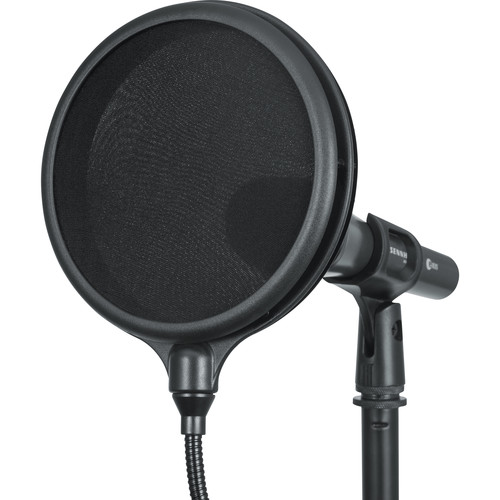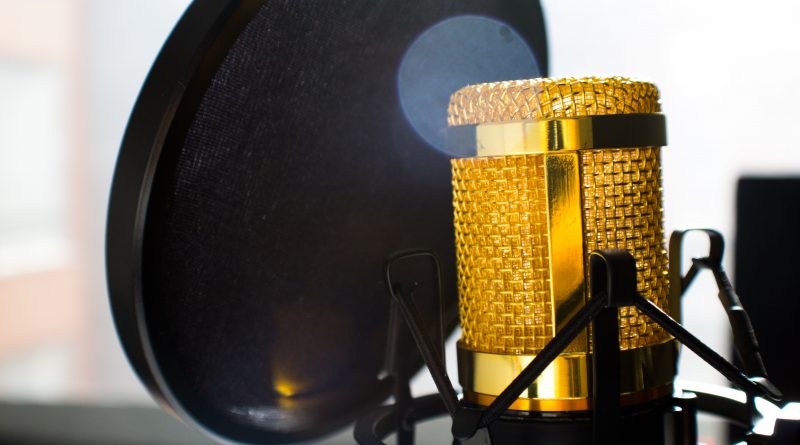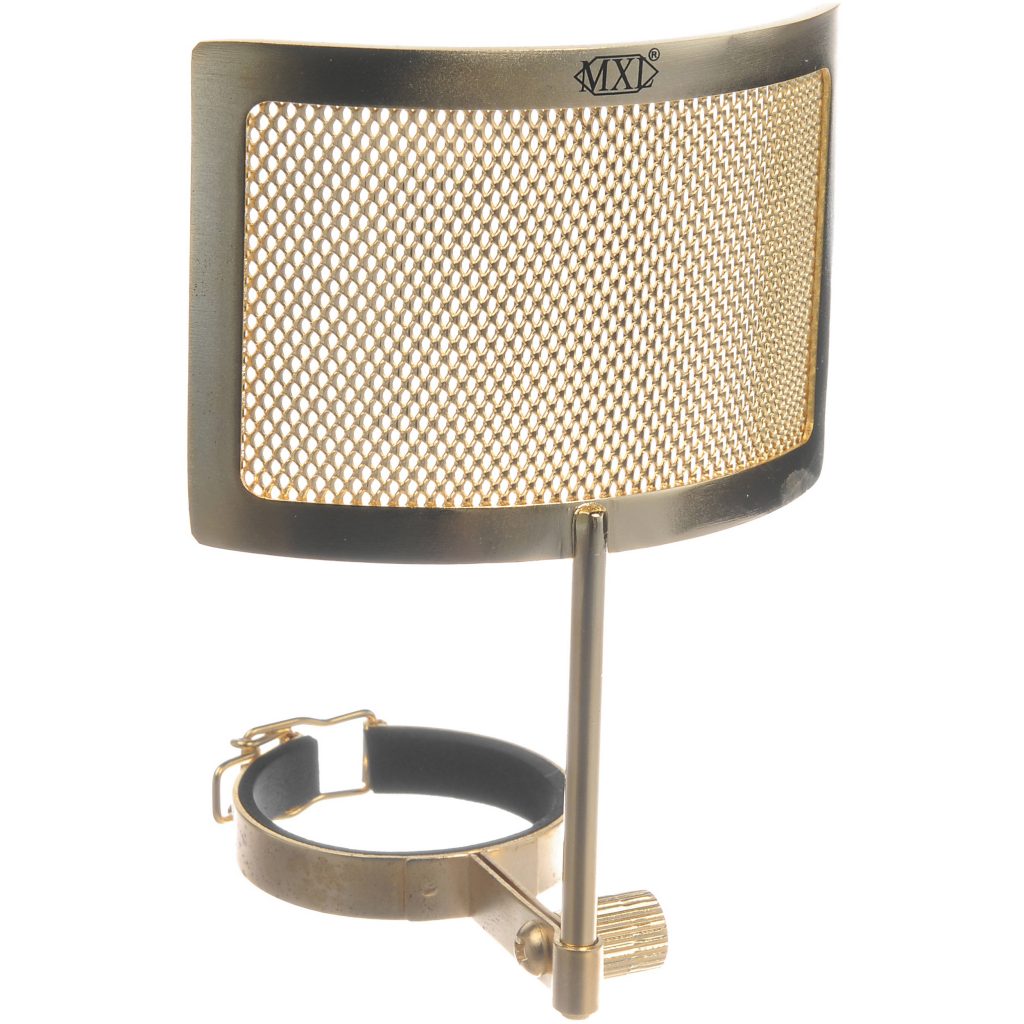Voice Actor’s Guide In Choosing a Pop Filter
In the previous article, we have covered the reasons why pop filters are necessary in doing your voice overs. Herein is a continuation focusing on the types and what to look for in a pop filter to tailor what’s best for your voice and your microphone.
2 Types of Pop Filter
There are two types of pop filters available on the market: ones made of nylon mesh and those of thin metal.
Nylon Mesh Pop Filters
The nylon mesh pop filters are the original version of the tool. They’ve been used for decades as the standard plosive shield in the music and voice over industry. This type of pop filter is not bad for beginners as they are inexpensive but works just fine, your plosives are reduced.

However, some engineers claim that high frequencies of the voice are often removed too. Another downside is that nylon is delicate and can be easily damaged.
This type of pop filter run around $20 on average, depending on the brand and the quality. B&H is a great online store to purchase your pop filter.
Metallic Mesh /Metal Pop Filters
To address the cons of nylon mesh, metal pop filters are invented around a few decades ago. Generally, they are more durable than nylon mesh. Designed with wider holes, they have less effect on taking away the high frequencies and are easier to clean.
The only downside is that the metal sheet is thin, so it can be easily bent if clumsy and over time, metal filters can rust and develop a slight whistling sound.
Metallic pop filters are a little more expensive than its counterpart, running around $50 for an already top-selling brand.
Things To Note When Choosing a Pop Filter
Size
The size of your pop filter should align to the size of your microphone. You want a diameter that suits both your microphone and your style of recording. If you tend to move around a lot when you are recording, a pop filter with a larger diameter may be best suited for you.
Shape
There are different shapes of pop filter available on the market. Flat filets are more cost effective, but require you to speak more directly into the center. Curved filters, on the other hand, provides you more range and allow you to move whenever while you are recording since they work from any angle.
Mounts
The mount of the filter is another important factor to consider. Most pop filters come with a gooseneck mount that screws into the filter frame and the clamp. You want to make sure that the gooseneck neck is long enough so that you can attach the filter in front of the microphone correctly.
Compatibility with your voice and microphone
Just like the compatibility of a microphone to your voice type, a pop filter works best depending on your voice and microphone too. The most expensive one does not mean to work like a magic to bring out the best of your voice over.
When deciding to purchase a pop filter, just make sure to test out as many as possible to ensure that it fits your voice and your microphone, giving you the best possible result.
Durability
Studio engineers often complain about the durability of a pop filter. The arm itself on a pop filter can tend to sag over time, and the filter refuses to stay in place for a long time. Not only is that a minor but frustrating problem, it’s also using up valuable studio time having to repetitively fix it.
Like all things studio related, it’s worth spending that bit extra on a quality pop shield – one that’s built to last, is suitable for multiple occasions, and performs exactly as you need it to.
It also helps if the clamp is strong, and a squeezable clamp is preferable to a screw-based fixing, as those take more time to set up, will often leave marks (or even damage) to your mic stands, can be fiddly, and will often weaken over time. Put short, look for a quality product that suits your needs and won’t need replacing.
Simplicity
You know a pop filter is also the one if you can set up quickly and painlessly, so that once it’s in place you can just forget about it, and get on with recording that perfect vocal take. Too, a pop filter is a simple tool that is supposed to polish your recording quality, and not cause you extra complexity.
Knowing how to choose a good pop filter is pretty easy. You just need to make sure that the focus of your recordings will be the excellent sound quality and that any unwanted noises will be filtered out and not picked up by your microphone.


